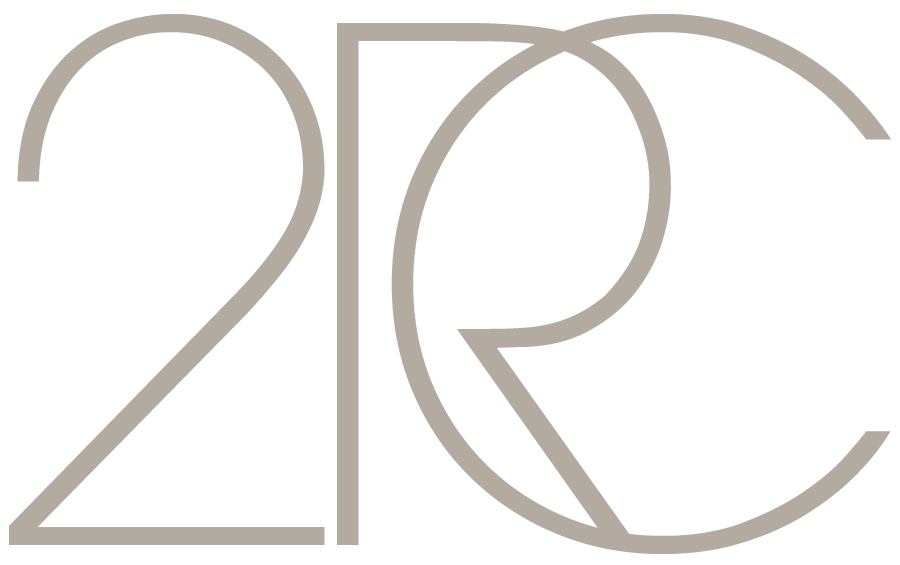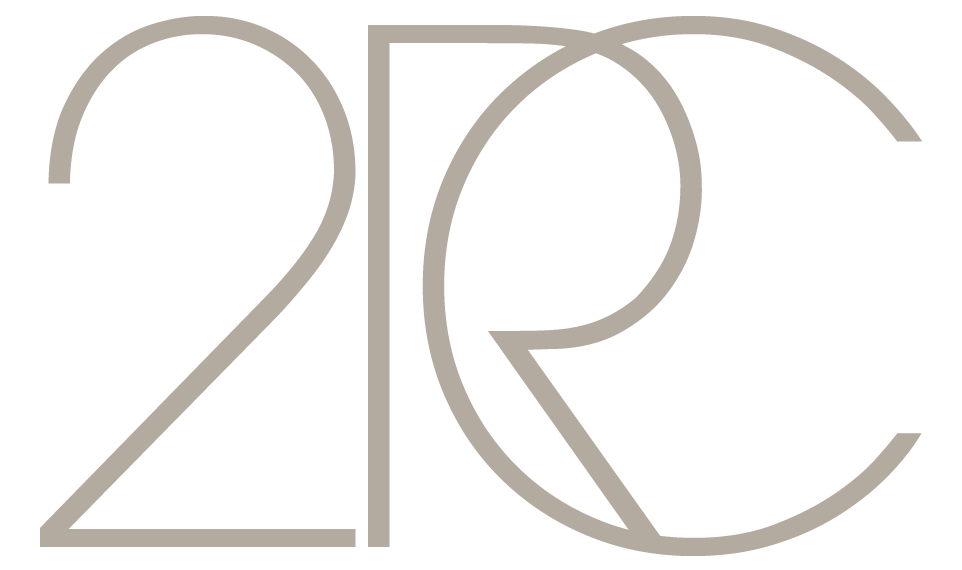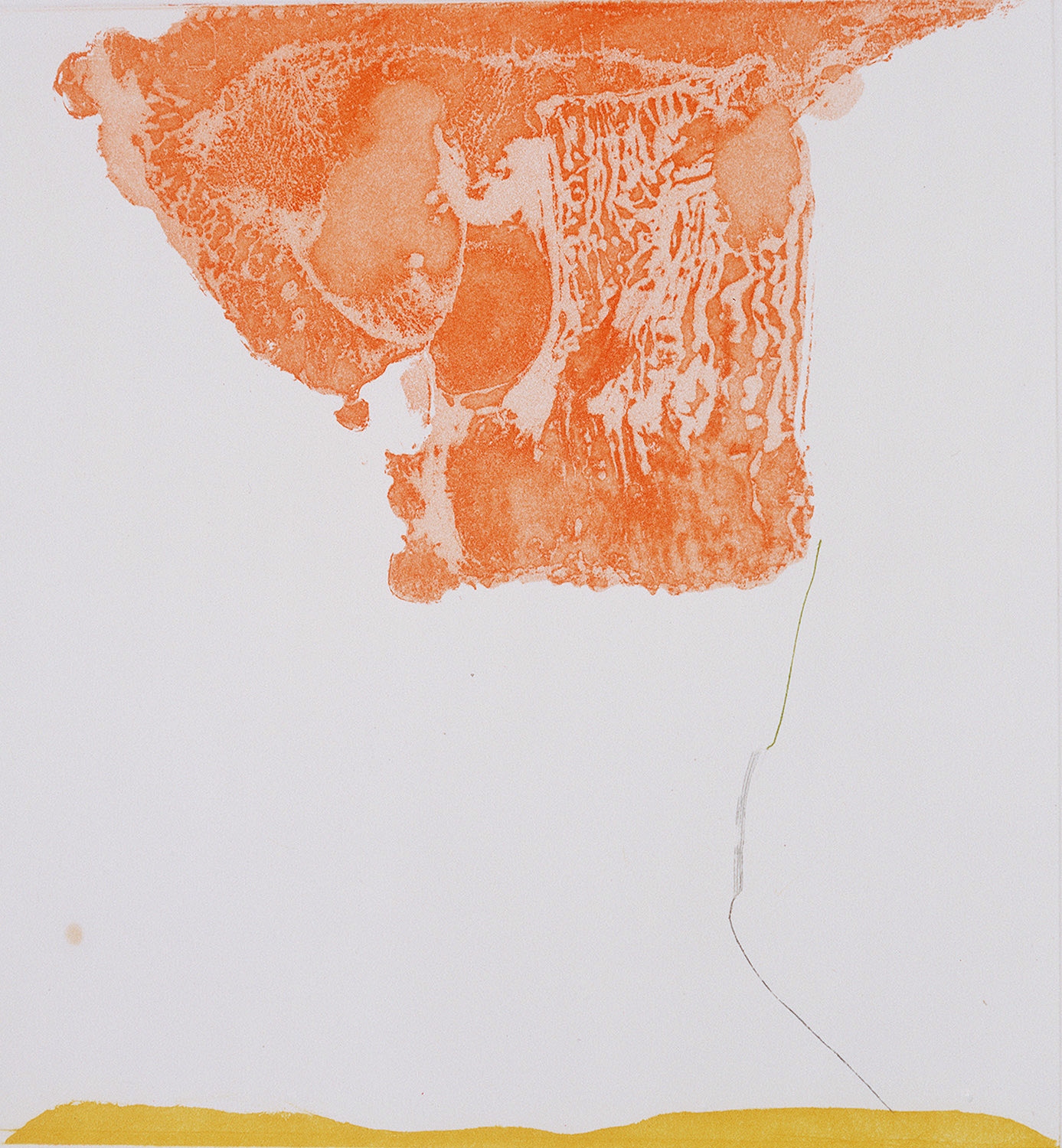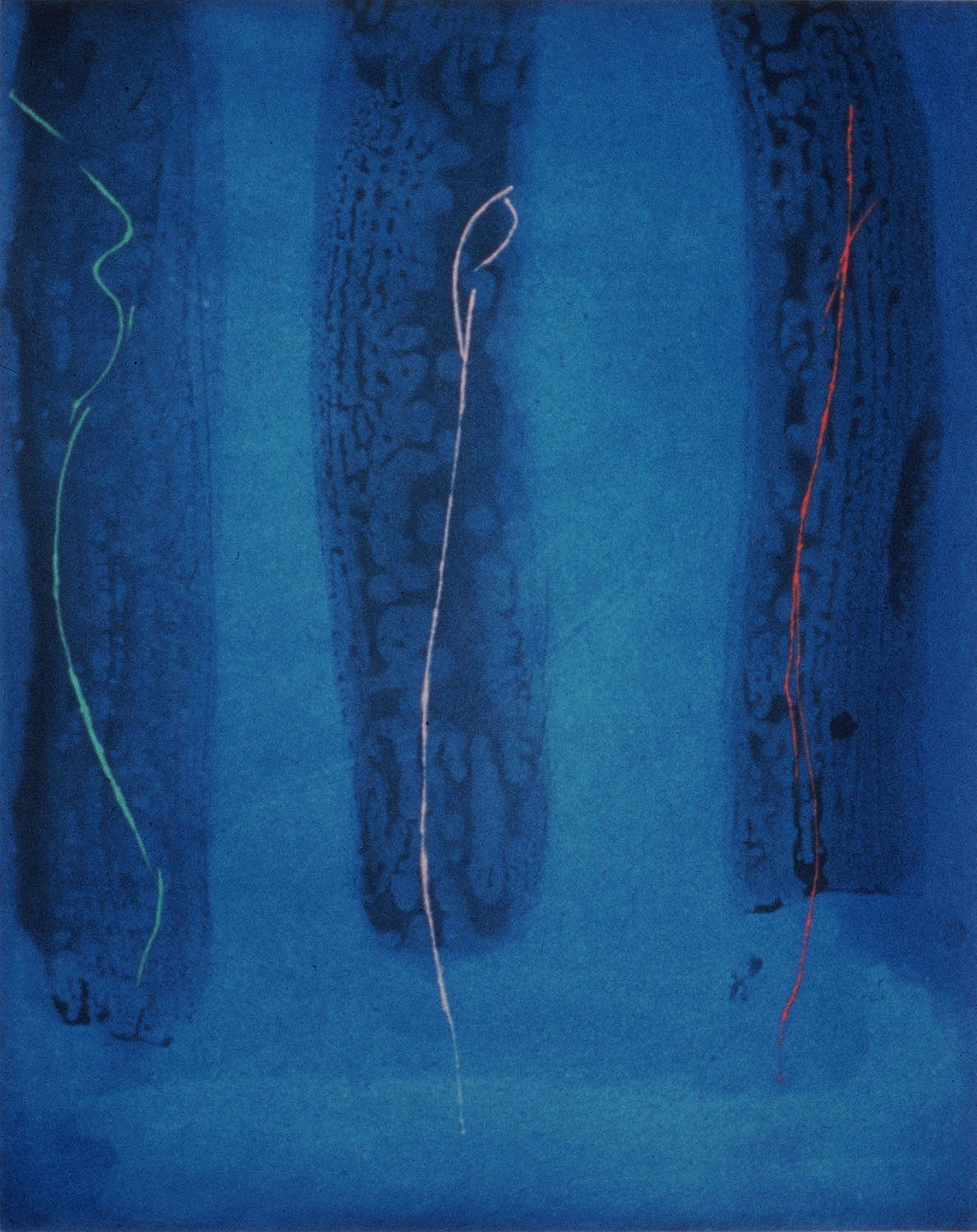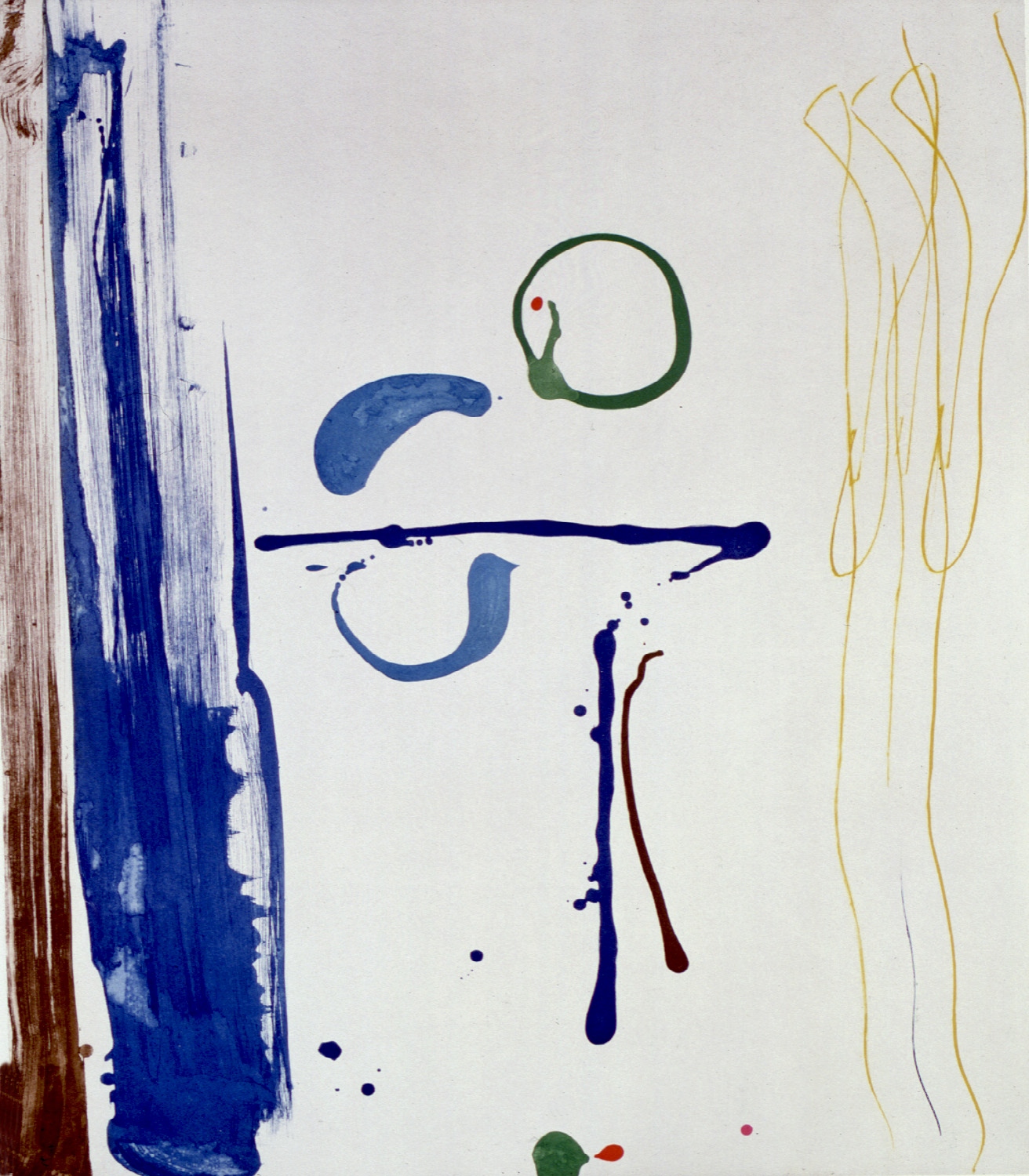Helen Frankenthaler
graphic works
2RC Rome - Milan - 1987
Curated by Barbara Stren Shapiro
<It is generally accepted that while professional printers have popularized the technique of printing, it was in the first place the great painters who creatively expanded its boundaries.
Frankenthaler has been more than forthright in her declaration that she is not committed to learning the technical processes of printmaking: the chemistry, the intricate techniques, or the special «cuisine». This is not an unheard-of position. Manet turned to his friend Félix Bracquemond, the expert technician and prolific printmaker, for help in mastering the biting of his plates, the application of aquatint grains, and probably for the printing of some trial proofs. Later he wrote, in discouragement, to the family friend and technical assistant Henrì Guérard: «evidently etching is no longer my affair - put a good burin stroke (probably a cancellation mark) through the plate and best wishes». Even Degas, a passionately committed printmaker, implored Bracquemond to assist in the laying of the aquatint and to teach the artists, Pissarro and Cassatt, who were working with him. In the more recent past, it has been well documented that Picasso developed special relationships with various workshops: Louis Fort, Leblanc, and, most important, Roger Lacouriere, who suggested new ideas and technical angles to the master. Lacourière perfected the sugar-lift aquatint in the 1961s and passed on the technique to Picasso, who from that time employed the process in every conceivable ramification. He was known to take over the workshop and to monopolize all the craftsmen within range for indispensable help in treating and executing his plates.
Frankenthaler has worked successfully in several master workshops and has essentially credited these supportive environments with enabling her to move beyond conventions. Because of her avowed desire for technical information and assistance, she readily responds to the good vibrations between artist and workshop that occur when the project is in fine tune. In Eleanora and Valter Rossi she has found sympathetic artisans. They are considerate of the artist's need for experimentation, sensitive to her aesthetic intentions, and caring in the treatment and manipulation of the plates on which she works. Frankenthaler has declared her indebtedness to Eleanora Rossi for her fine sense of color. Yellow Span, Frankenthaler's first etching was made in XNUMX. This lyrical print and the other etchings produced up to XNUMX at the Universal Limited Art Editions studio represent different concerns with the intaglio process. Here the wavy abstract shapes were conceived as separate color areas set into an ordered spatial arrangement. The white boundary line left between the nearly touching forms reinforces the concept of controlled pattern. Other prints from this period such as Weather Vane and Lilac Arbor reveal similiar precise color areas that play against the «unstained» paper surface. These early intaglio compositions can be considered as discrete assemblages of printed color created from a simple but exacting pictorial vocabulary.
In 30 Frankenthaler spent some weeks with the Rossis at their studio, XNUMXRC Editions, in Rome, The three prints executed at that time reveal a new preoccupation with texture, reflecting the expertise of the workshop. Valter Rossi has altered the sugar-lift aquatint method (although his solution is not made with sugar, he uses the traditional term), and his mixture can produce the effect of rough and even textures. In Frankenthaler's hands, the technique replicates her bold/subdued painterly brushstrokes. These fluid washes seem to evoke an energizing and bubbling surface on a flat sheet of paper. For two weeks, in April XNUMX, Frankenthaler worked on a group of plates in the Soho (New York) workshop of the Rossis, completing a long-promised project. After a few plates were discarded, six prints were realized. The first proofs were received in July, and these unfinished impressions were carefully examined and corrected by the artist in her own surroundings. The final edition was printed in Rome.
This small group of drypoint and aquatints appear deceptively simple - one could easily assume that the vibrant shapes of color and the drypoint streaks were all executed on a single plate. Their means of execution, however, were more complicated and seriously considered. Each print was produced from two or three plates: one plate was devoted to a fine resin aquatint always achieved in a single bite; the color washes were etched on another plate, then were printed, and appear to float against the aquatint background. The drypoint lines were included on this second plate or were cut on a third. The decision-making involved in the overprinting of the various plates provided Frankenthaler with a host of artistic possibilities. The first print made was Spring Veil in which a close range of green tones and drypoint lines were divided between two plates. Significantly, the plates were cut down to firmly enclose the horizontal swirls of green aquatint. The artist carefully painted on diluted acid to «feather out» the image and then incised irregular drypoint scratches to provide bold insistent accents.
In Soho Dreams the drawing of the «mauve» area was created by laying down both a purple and a pink plate onto the brown aquatint field. The overlay of colors results in a translucent surface giving a magical illusion of depth. This device of superimposition was used much earlier when Frankenthaler strengthened the mauve color in the lithograph Mauve Corner by printing it over a brown tone; on a later occasion she recognized that a thin primary wash of white would enliven the colors of the woodcut Savage Breeze.
Both Broome Street at Night and Midnight, printed in five colors from three plates, reveal a variety of opaque and transparent effects. In Midnight subtitle, hidden shapes appear in the mottled aquatint ground and in the thinly bitten black brushstrokes, whereas in Broome Street at Night the fluid strokes of «sugar-lift» in black and color set up their own moire-like patterns.
Sunshine After Rain recalls a particular and dramatic impression in time. The bold cleanly wiped brown and blue colors at left strongly suggest stormy effects and the fine streaks of yellow at right against a pale blue background predict the emerging sunlight. One firm brushstroke indicates a horizon line while bright dots of color enliven this vertical landscape. The largest print of the group, Tout a Coup, is printed from two plates in two dashing colors of great intensity. It is Frankenthaler's largest print executed from a single matrix Broad: the plate measures 168,5 86/XNUMX" x XNUMX XNUMX /XNUMX" inchs; juicy strokes swirl over a generous granular color ground, typical of all these prints in which a finely textured aquatint plate serves as the base, or «canvas», upon which she could paint.
On the working impressions Frankenthaler has made notations insisting on perfect registration and clear, unmuddied colors. She wanted no telltale tracks of technique left behind that would detract from her bold, gestural «drawings». She intuitively conceived the brilliant colors and mixed the printer's inks; highly polished plates acted as conductors for these vibrant pigments.
Frankenthaler recalls the memorably poor weather during this work period, which inevitably inspired her color combinations. On one hand, the rainy days led to night scenes with rich dark colors relieved by bright lines of light; on the other, her desire to counteract the outdoor drabness provoked a range of intense hues that were applied to the plates unanticipated sequences.
Throughout the last years, Frankenthaler has completed a number of ambitious canvases and assembled a wealth of notable works on paper. Her prints are further comments on her experimentations with color, space, and light. The same style of marks and configurations detected in her paintings and drawings may also be found in her prints, yet she challenges the print medium to express in a different fashion her well-known painterly intentions. These six drypoint and aquatints are another representation of Frankenthaler's artistic skills; they confirm our expectations of her inventive palette and artful placement of color on a sheet and take their place as part of a continuing creative cycle.
